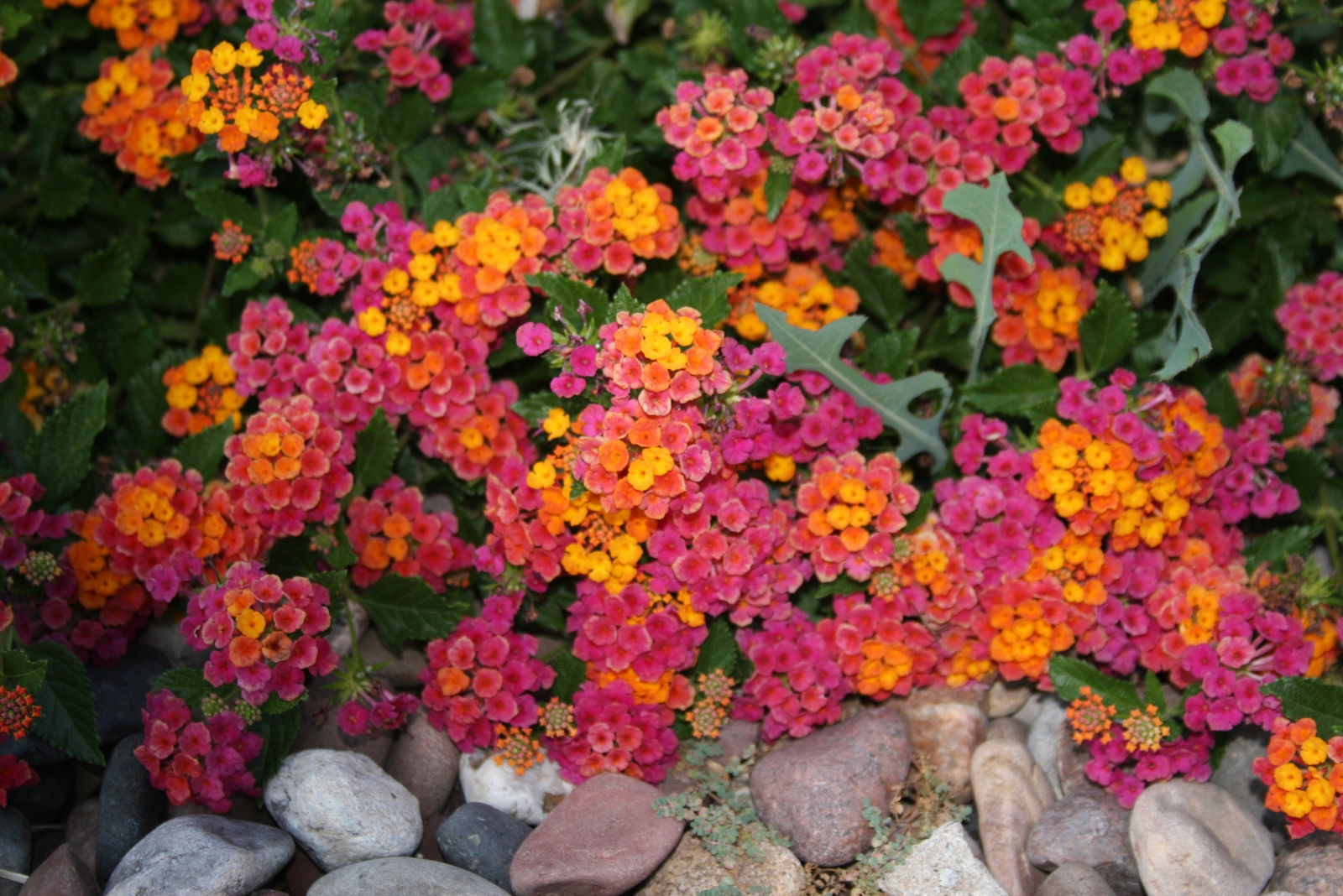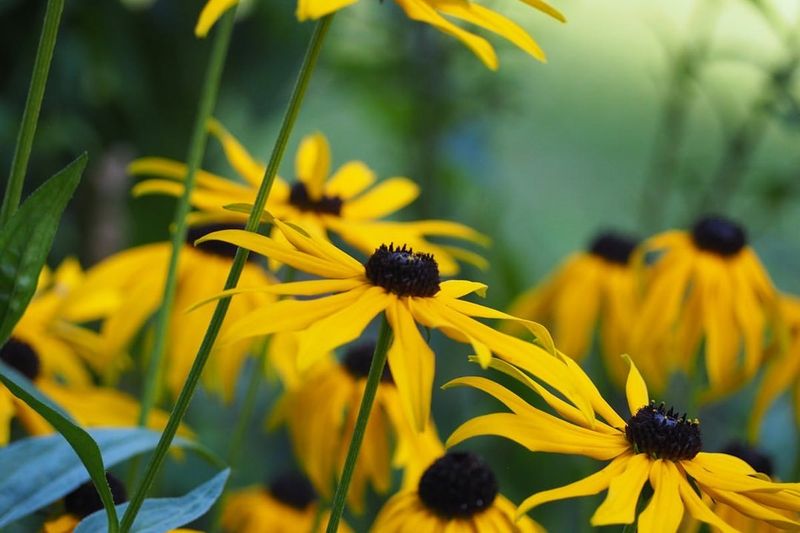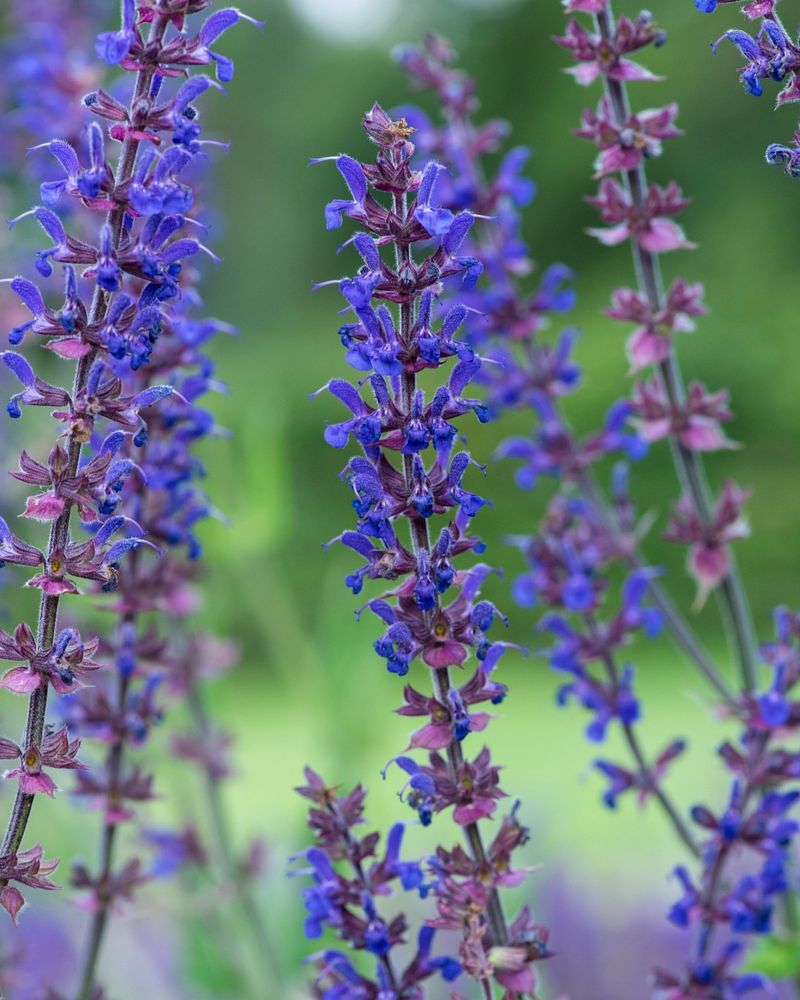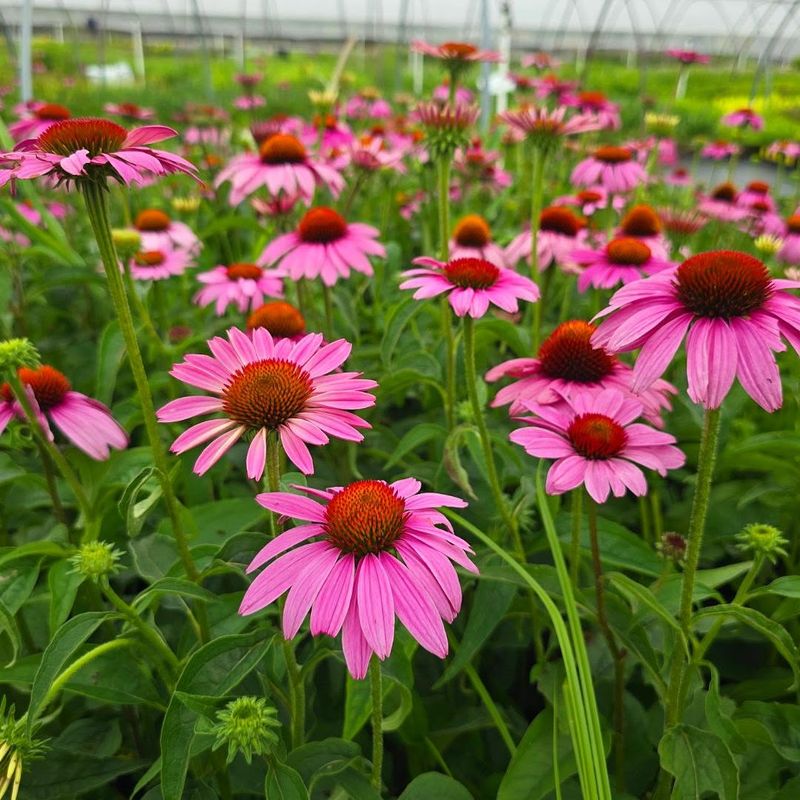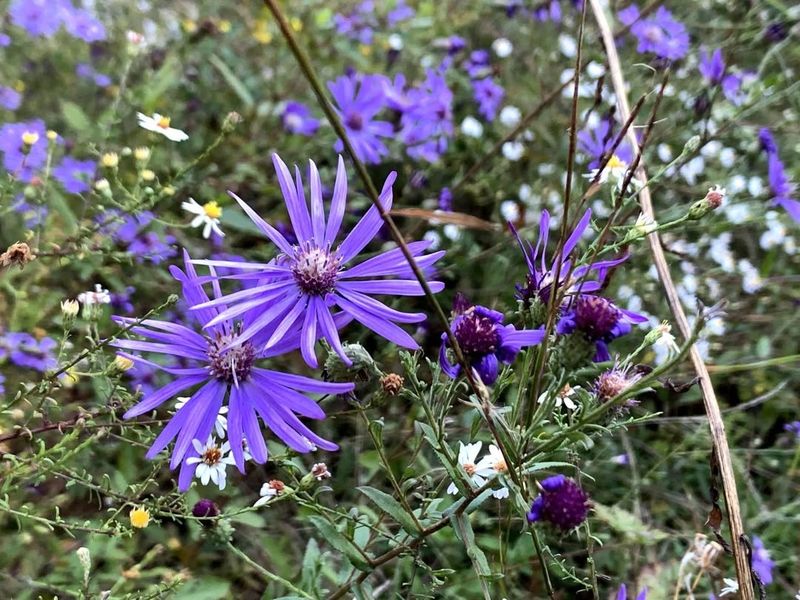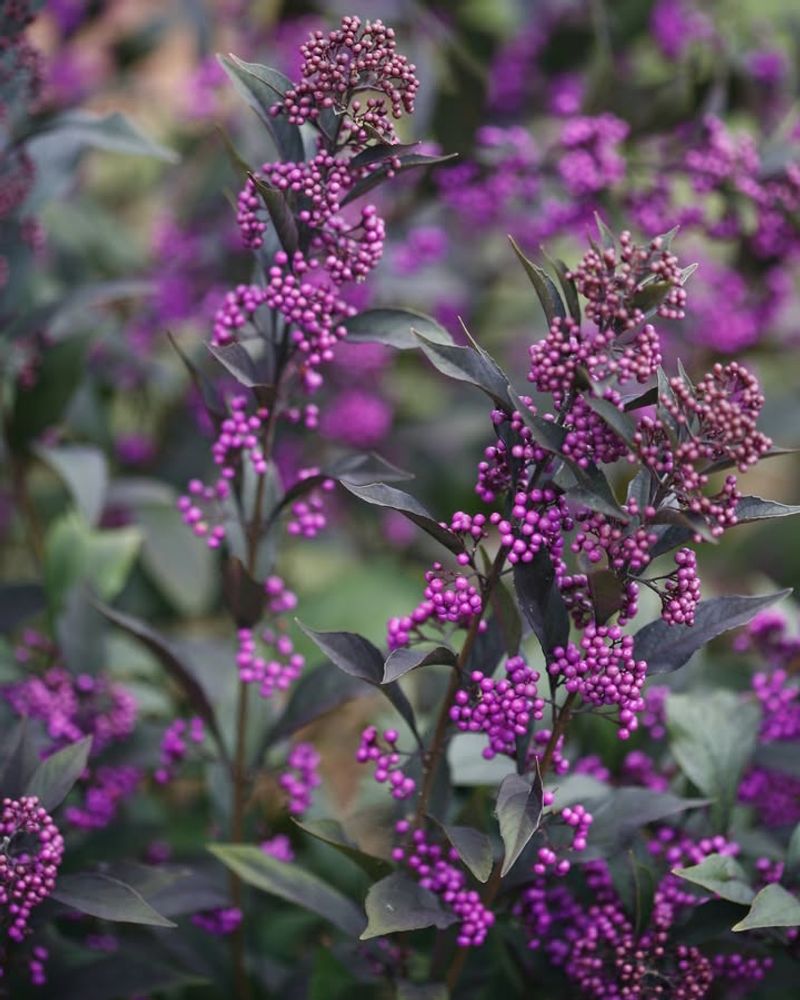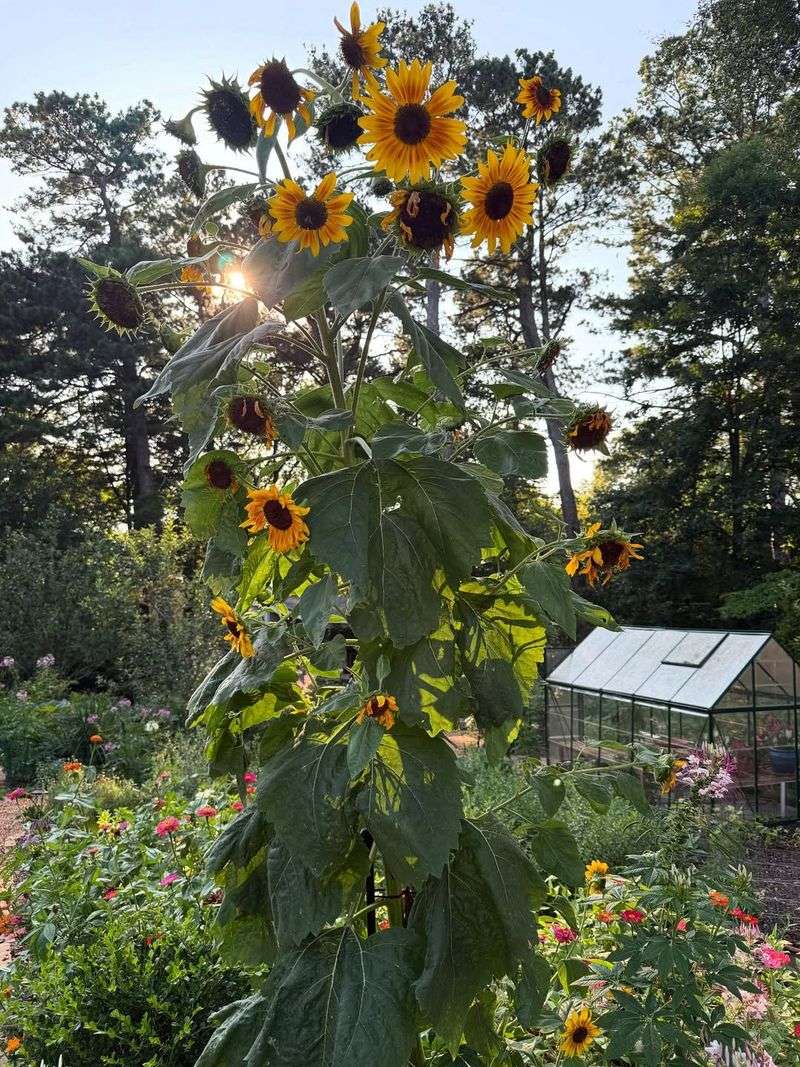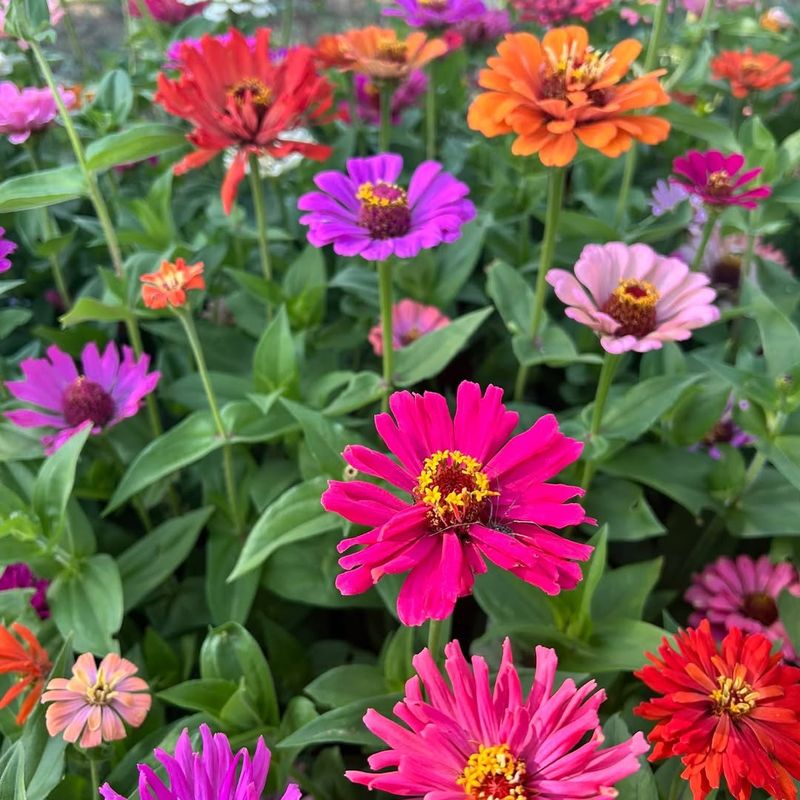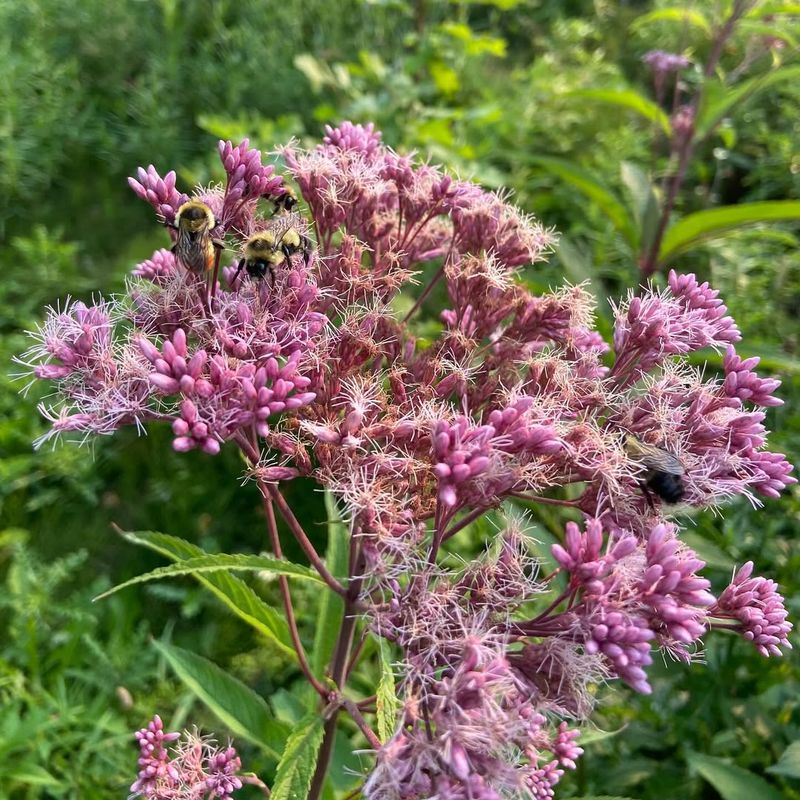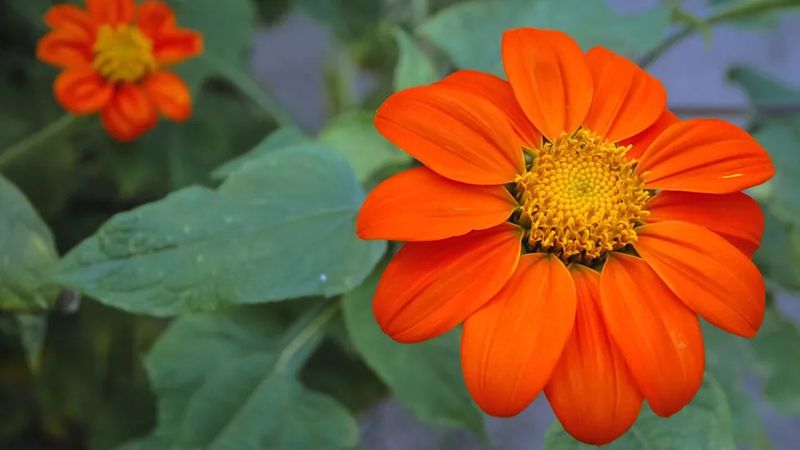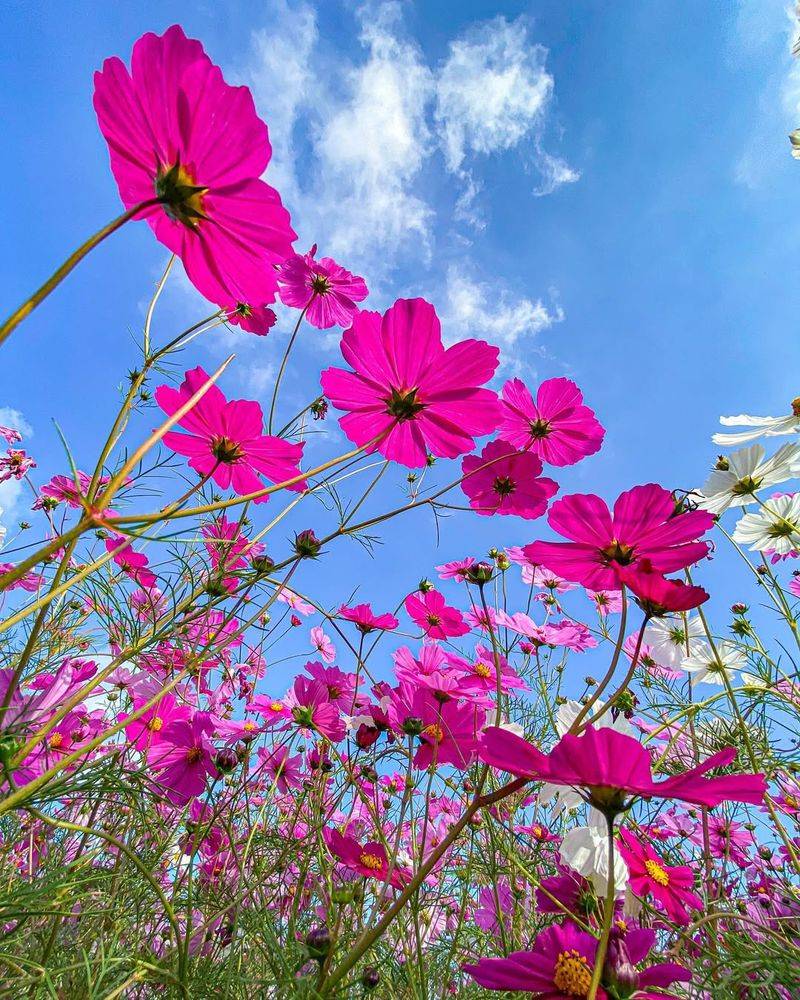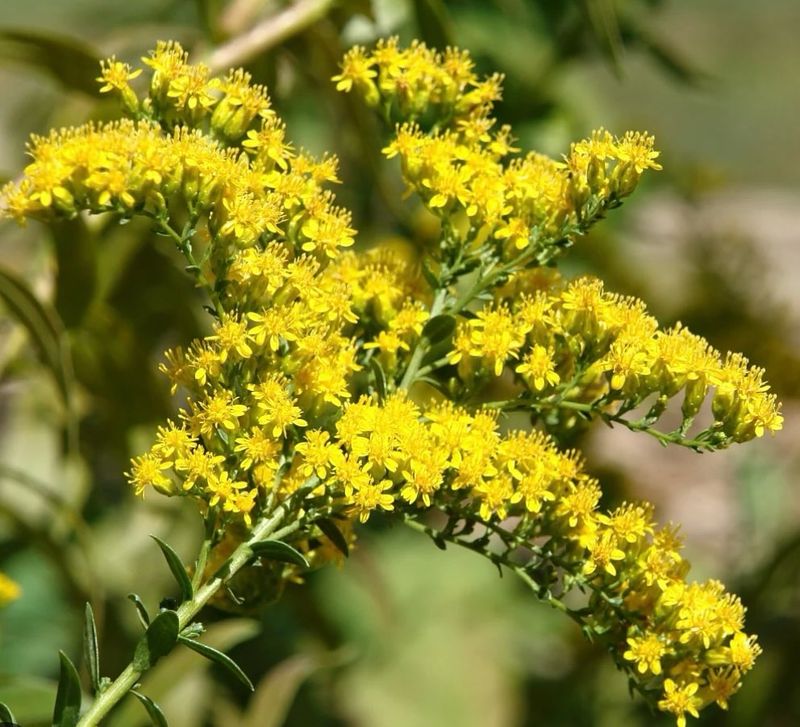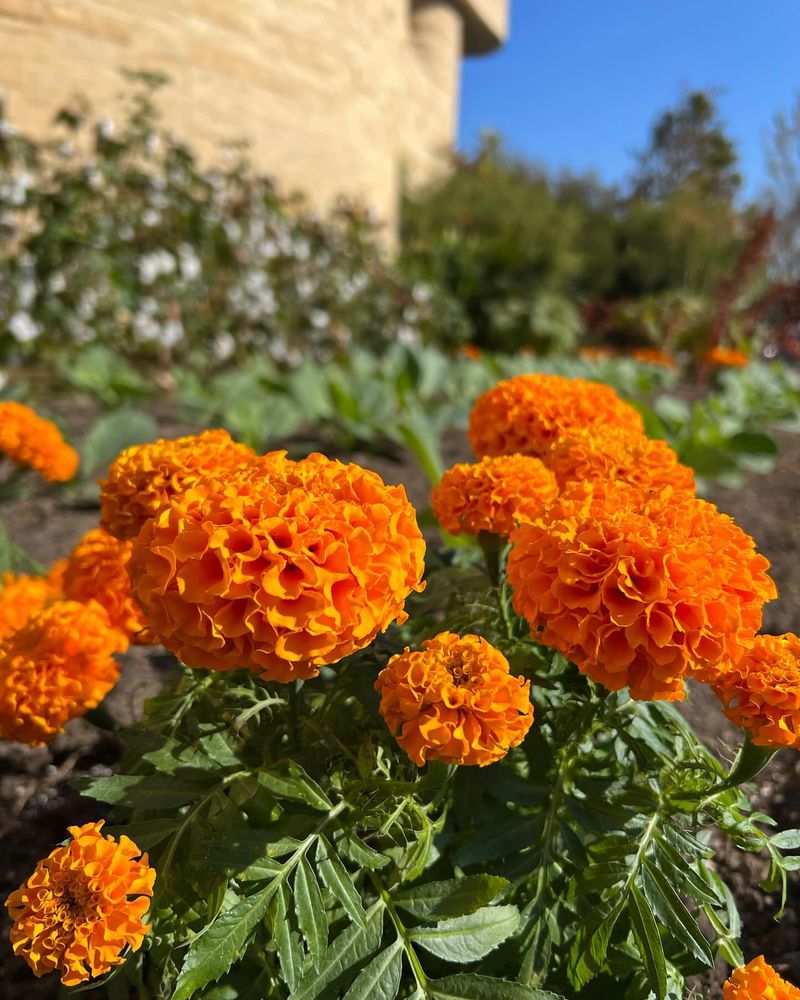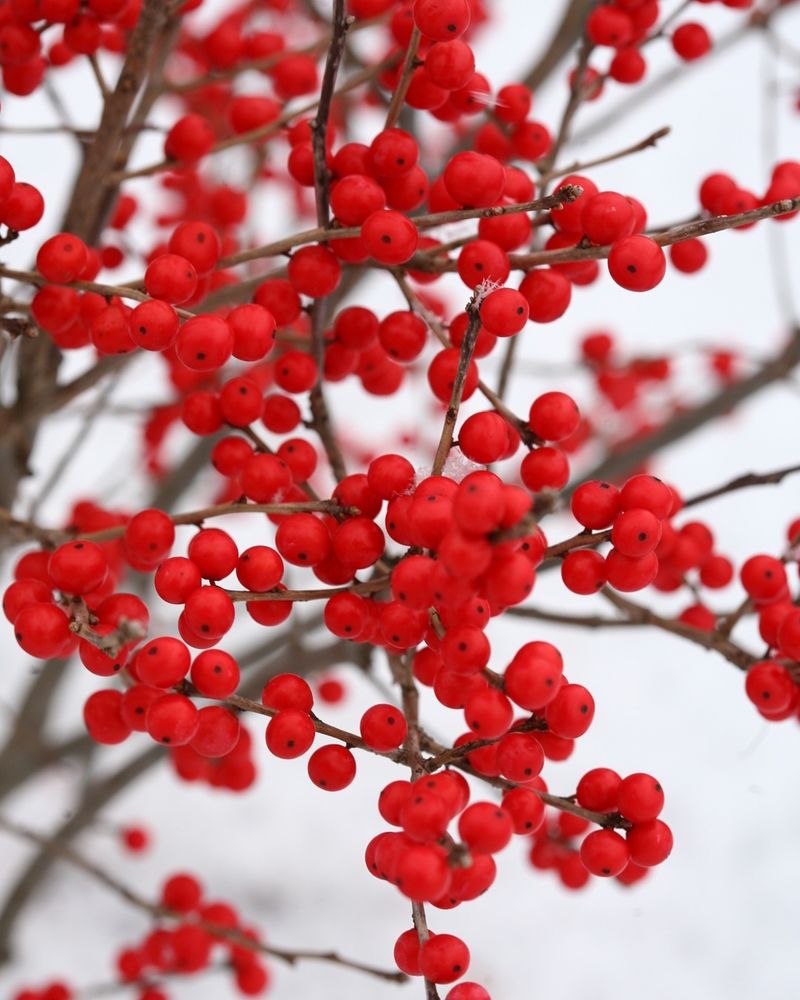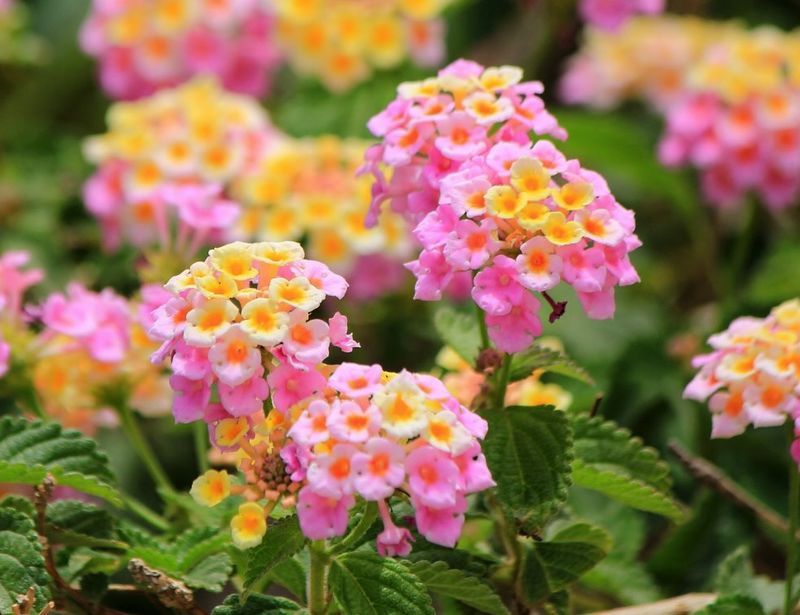Fall in Georgia brings a spectacular show of migrating birds passing through on their southern journeys. Smart gardeners know that planting the right flowers creates natural refueling stations for these feathered travelers.
The colorful blooms not only beautify your yard but also provide essential nectar, seeds, and insect attractions that birds desperately need for their long flights.
1. Vibrant Black-Eyed Susans
Black-eyed Susans burst with golden petals that catch birds’ attention from high above. Their dark centers develop into seed heads that goldfinches and sparrows absolutely adore.
Plant these sunflower relatives in sunny spots where you can easily watch the feeding action. They’ll keep blooming well into fall, providing a reliable food source when many other plants have faded.
2. Nectar-Rich Salvia
Ruby-throated hummingbirds can’t resist stopping at salvias during their southern migration. The tubular flowers perfectly match their long beaks, creating an ideal feeding station. Look for varieties like ‘Black and Blue’ or ‘Hot Lips’ that bloom into late fall.
Georgia gardeners appreciate how these drought-tolerant beauties keep flowering even when temperatures fluctuate wildly during autumn months.
3. Seed-Packed Coneflowers
Cardinals and finches flock to coneflowers long after their petals have dropped. The spiky seed heads become natural bird feeders throughout fall and winter. Native to the Southeast, these resilient perennials thrive in Georgia’s clay soils.
Plant several varieties like purple, white, and yellow together for a buffet that attracts different bird species. Many gardeners leave the spent flowers standing all winter as natural bird feeders.
4. Buzzing Asters
Late-blooming asters create a purple explosion just when monarch butterflies and migrating warblers need them most. Their star-shaped flowers attract insects that insect-eating birds hunt eagerly. Georgia gardeners love how asters suddenly burst into bloom when most summer flowers are fading.
The Georgia aster, a rare native species, deserves special attention in your bird garden. Its rich purple blooms provide essential late-season nectar for both butterflies and birds.
5. Beautyberry
Mockingbirds and thrushes go crazy for the vibrant purple berries that cluster along beautyberry branches. These striking shrubs create dramatic focal points in fall gardens while providing critical calories for birds.
The American beautyberry is native to Georgia and perfectly adapted to local conditions. Plant it where you can see it from windows – the sight of birds feasting on the bright purple berries against autumn’s golden light creates unforgettable garden moments.
6. Towering Sunflowers
Goldfinches perform acrobatic moves to extract seeds from sunflower heads, creating natural entertainment in your garden. The massive flower heads can contain thousands of nutritious seeds perfect for fueling long migrations.
For fall bird attraction, choose varieties with multiple branches rather than single-stem types. Georgia gardeners find that planting sunflowers in succession ensures some are always reaching maturity during peak migration times. Leave the dried heads standing for natural bird feeders.
7. Abundant Zinnias
Hummingbirds zip between zinnia blooms gathering nectar while seed-eating birds wait for the centers to ripen. Their extended blooming period bridges summer and fall, providing continuous food during migration season.
Georgia gardens benefit from zinnias’ heat tolerance and drought resistance. Plant a mix of sizes and colors for maximum bird appeal. Deadhead regularly until late summer, then let the final flush of flowers go to seed for fall birds to enjoy.
8. Native Joe-Pye Weed
Majestic Joe-Pye weed towers in Georgia gardens, its massive flower clusters attracting butterflies that birds follow. Small warblers and other insect-eaters hunt among the blooms, finding tiny insects hidden in the fluffy pink flowers.
Though called a “weed,” this native plant deserves prime garden space. Georgia gardeners appreciate its reliability and wildlife value. Plant it at the back of borders where its impressive 7-foot height creates dramatic backdrops while providing essential bird habitat.
9. Versatile Mexican Sunflowers
Monarchs and hummingbirds make Mexican sunflowers essential refueling stations during fall migration. The fiery orange blooms stand out to birds searching for nectar sources from above. Unlike their larger cousins, these sunflowers produce nectar rather than seeds.
Georgia gardeners value their ability to bloom continuously until frost, providing reliable food when birds need it most. Their drought tolerance makes them perfect for our unpredictable fall weather patterns.
10. Prolific Cosmos
Finches balance delicately on cosmos stems to reach the developing seeds. Their airy structure creates perfect perches for small birds while providing both nectar and seeds. Georgia gardeners love how cosmos self-seed, creating new plants year after year.
Choose varieties like ‘Bright Lights’ that bloom well into fall. The combination of nectar-rich flowers and nutritious seeds makes cosmos a double food source for different bird species passing through.
11. Striking Goldenrod
Contrary to popular belief, goldenrod doesn’t cause allergies but does cause excitement among migrating birds! Its bright yellow plumes burst with insects that warblers and other migrants hunt eagerly. Georgia’s native goldenrod species are perfectly adapted to local conditions.
Plant them in sunny spots where you can watch the bird activity they attract. The solidago rugosa ‘Fireworks’ variety creates especially dramatic displays that both gardeners and birds appreciate.
12. Persistent Marigolds
Warblers hunt tiny insects hidden among marigold petals, making these common flowers unexpected bird magnets. Their strong scent repels garden pests while attracting beneficial insects that birds love. Georgia gardeners find that marigolds keep blooming well into fall when planted in late summer.
Choose single-flowered varieties rather than dense doubles for better insect and bird access. Their cheerful colors brighten autumn gardens while providing valuable bird habitat.
13. Berried Winterberry Holly
Cedar waxwings gather in flocks to feast on winterberry holly’s bright red berries. The leafless branches loaded with fruit create spectacular displays that both birds and gardeners appreciate. Unlike evergreen hollies, this native deciduous holly drops its leaves to showcase the berries.
Georgia gardeners must plant both male and female plants to get berries. Position them where you can watch the bird feeding frenzies that occur when waxwings discover your garden.
14. Aromatic Lantana
Butterflies and hummingbirds can’t resist lantana’s multicolored flower clusters that keep blooming until frost. The tiny flowers eventually form berries that attract mockingbirds and thrashers. Georgia gardeners rely on lantana for dependable color in difficult spots.
Choose sterile varieties if you’re concerned about invasiveness. The ‘Miss Huff’ variety has proven extraordinarily cold-hardy in Georgia gardens, often returning even after harsh winters to provide bird food year after year.

